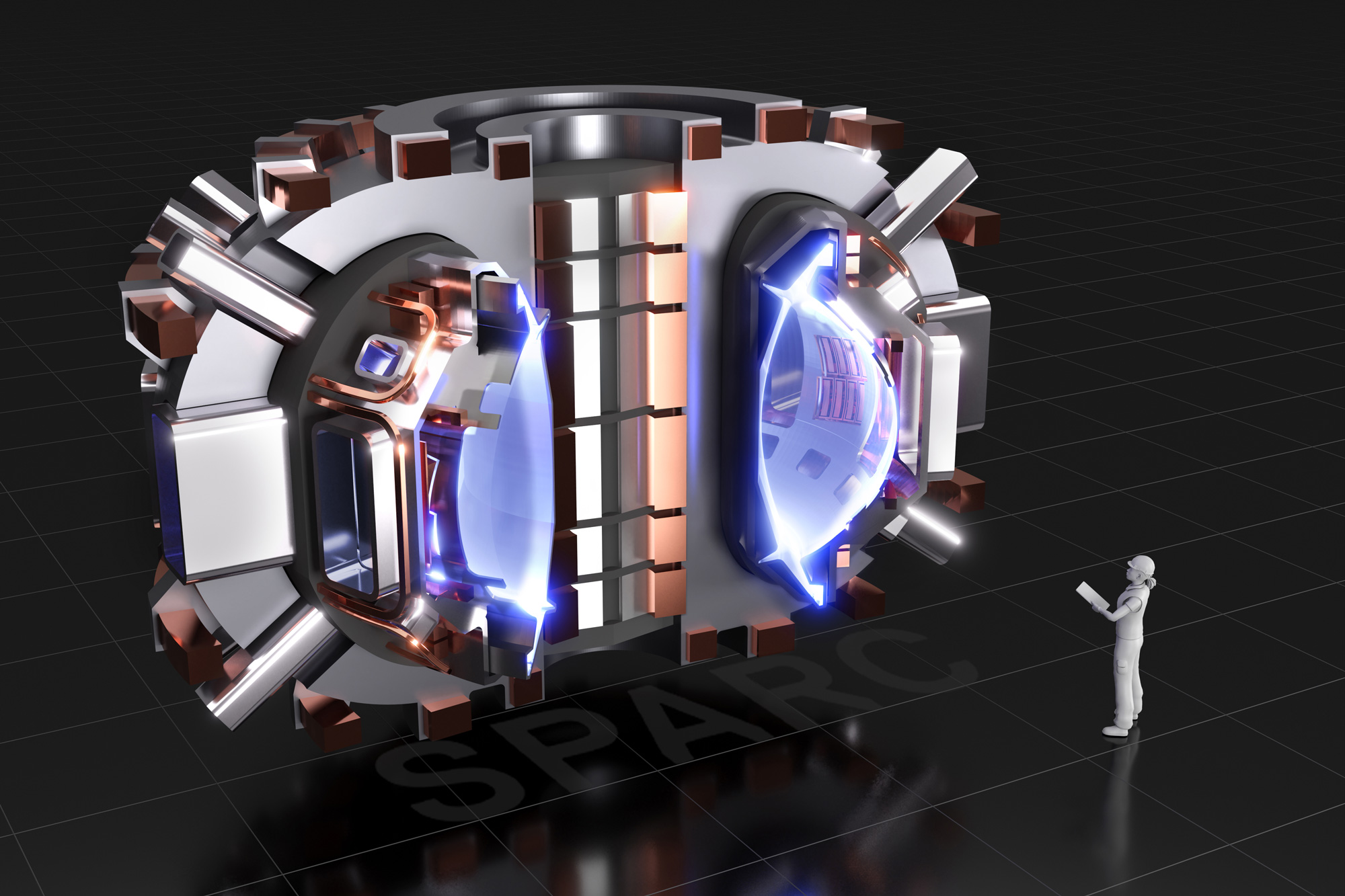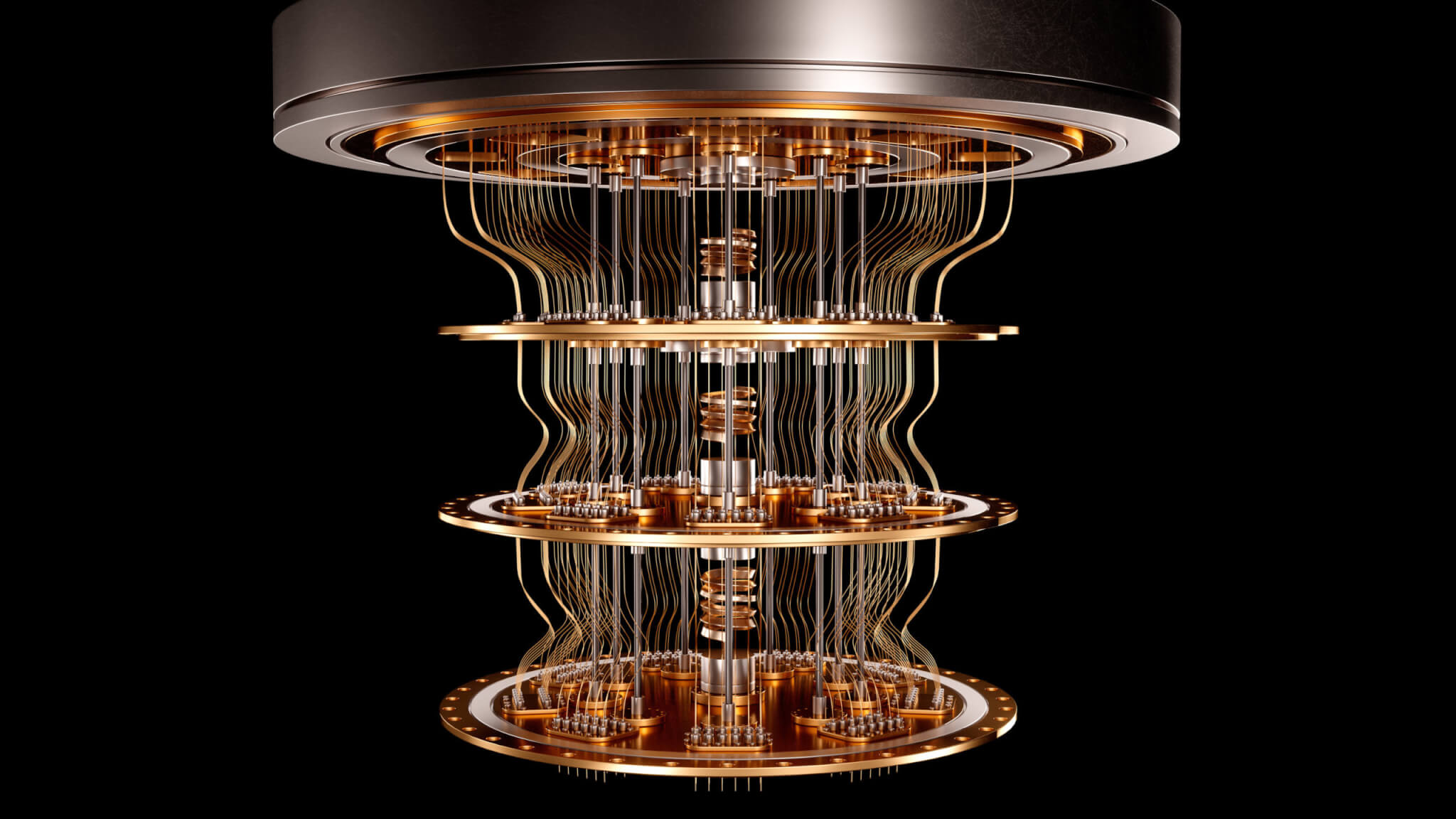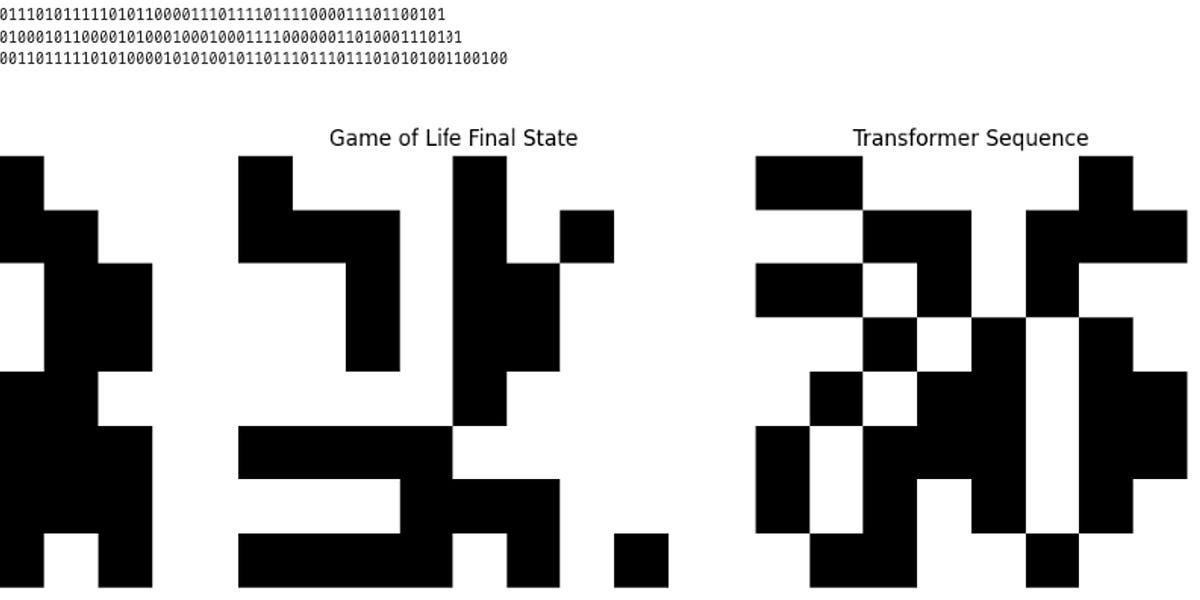Active Seismic Experiment
Active Seismic Experiment (ASE) was carried on Apollo 14 and Apollo 16 as part of the Apollo Lunar Surface Experiments Package (ALSEP). ASE used a thumper device and a mortar with explosive charges to explore subsurface lunar structure and elastic properties. The experiment's principal investigator was Robert Kovach of Stanford University. The experiment was succeeded on Apollo 17 by the Lunar Seismic Profiling experiment.[1]
The ASE consisted of three major components. A set of three geophones was laid out in a line by an astronaut from the Central Station[discuss] to detect the explosions.[2] A mortar package was designed to lob a set of four grenades varying distances away from the ALSEP. Ranging of the grenade was achieved through the assumption of ideal ballistic trajectories.[1] Finally, an astronaut-activated "Thumper" was used to detonate one of 22 charges to create a small shock. The components weighed 11.2 kilograms (25 lb), drew 9.75 watts of power and recorded data at an average rate of 10,000 bits/sec.[3]
Hexanitrostilbene was the main explosive fill in the seismic source generating mortar ammunition canisters used as part of the Apollo Lunar Active Experiments Package. Grenades containing 45–450 grams (1.6–15.9 oz) of hexanitrostilbene were used with the mortar. This explosive was chosen due to its insensitivity[discuss] but high explosive properties. [3]




















/cdn.vox-cdn.com/uploads/chorus_asset/file/25415324/startmenuads.jpg)
